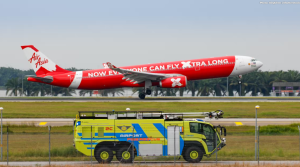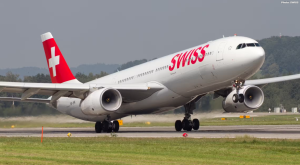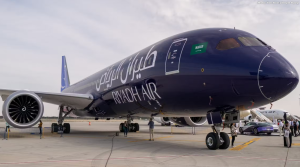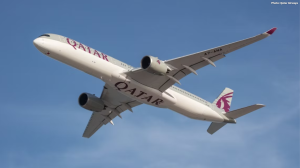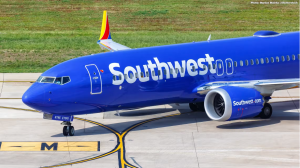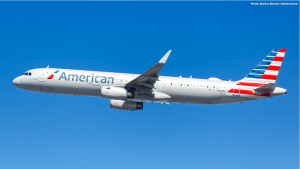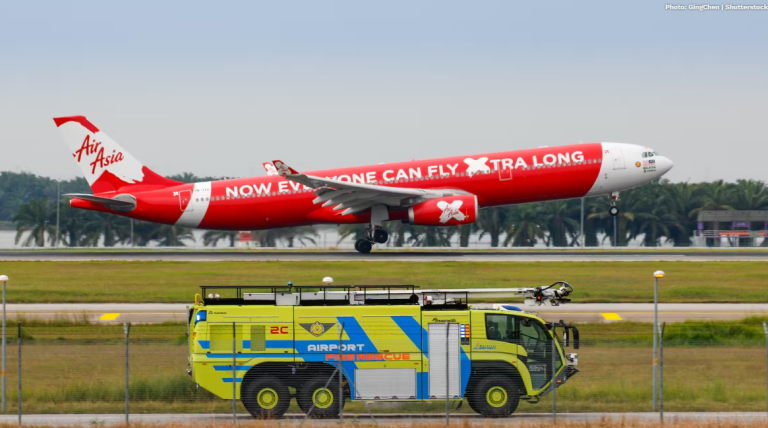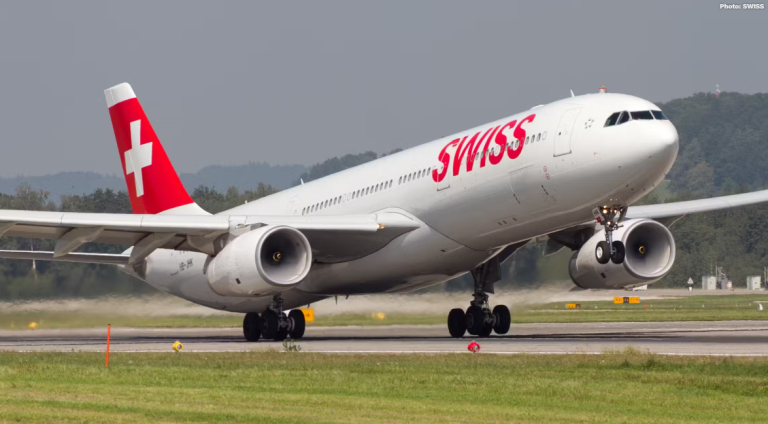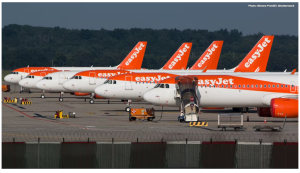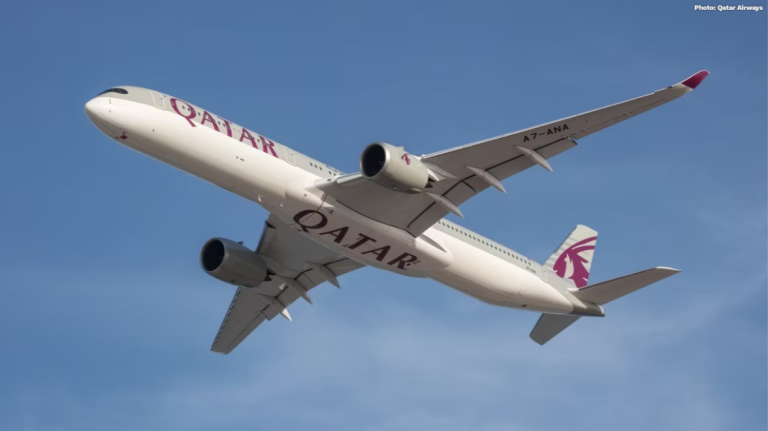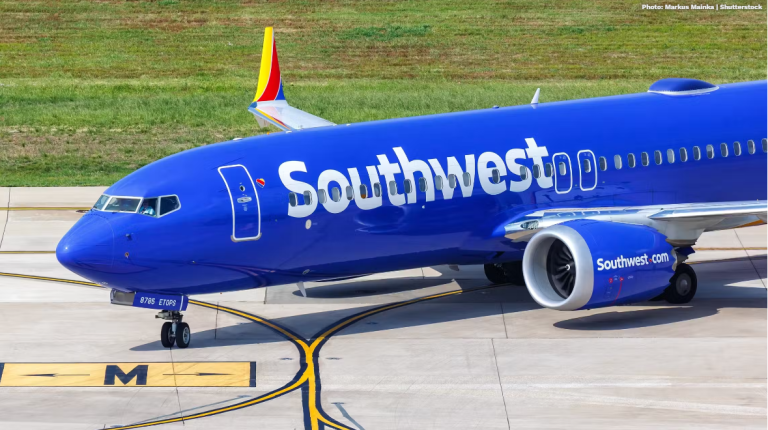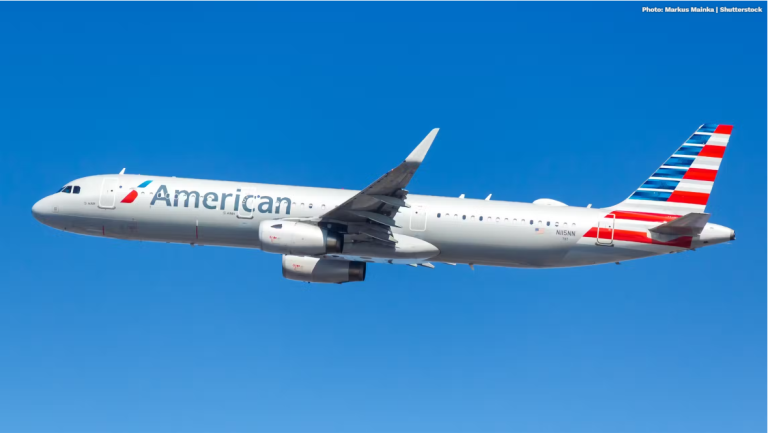SUMMARY
- South Korea adds new regulation requiring airlines to make announcements warning against opening emergency exits during flight.
- Passenger tampering with emergency exits can face up to 10 years in prison under South Korea’s Aviation Security Act.
- Short-term preventative measures include careful screening of passengers in emergency rows and designing tamper-proof exits.
SIMPLEFLYING VIDEO OF THE DAY
The past year has seen an increase in passengers attempting to open emergency exits on flights. The incidents have prompted the South Korean government to add a new regulation to the operating guidelines for airline operators.
Under the new regulation, airline operators are required to make an announcement warning passengers against opening aircraft doors during flight. According to JoongAng Daily, South Korea’s Transportation Ministry said the regulation “was included in a draft amendment of the operating guidelines for airline operators made available for public review until December 14th.” South Korean Airlines are required to make the announcement during this time.
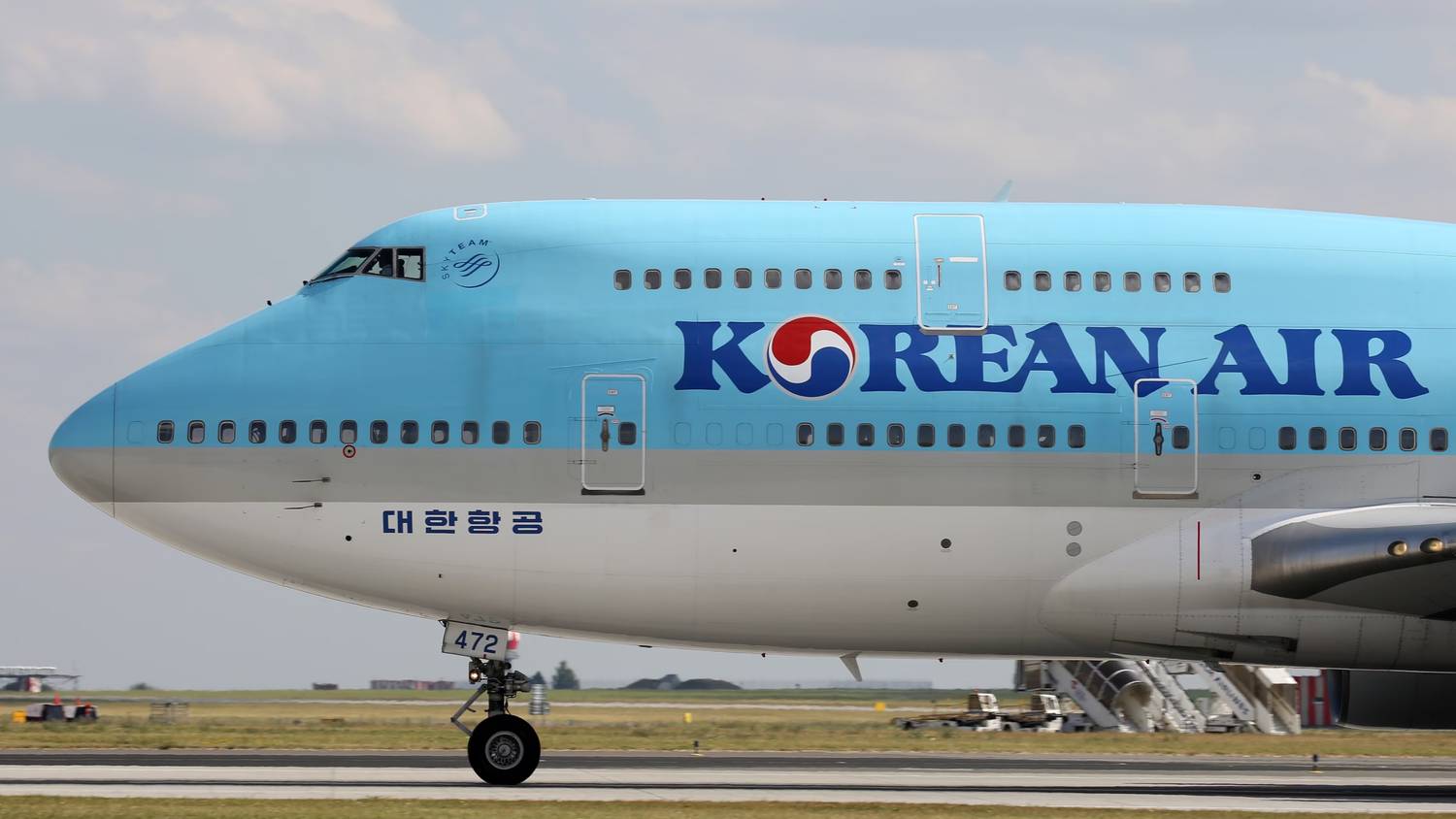
Photo: Senohrabek | Shutterstock
ICAO regulations generally require foreign airlines to conform to the laws on the ground. However, the government has not specified if foreign airlines flying to and from South Korea will have to make the announcement too.
According to South Korea’s Aviation Security Act, passengers who tamper with emergency exits or hinder the security and operation of the aircraft can face a prison sentence of up to 10 years.
A series of similar incidents
South Korea has seen three such incidents in the last six months. The first occurred in May when a 32-year-old succeeded in opening the emergency exit of Asiana Airlines flight OZ8124 from Jeju to Daegu. He was later sentenced to five years in prison.
Usually, opening the emergency exit of an aircraft in-flight should be impossible due to the massive pressure differential between the interior and exterior of the aircraft at cruising altitude. However, the passenger forced the door open a few minutes prior to landing.
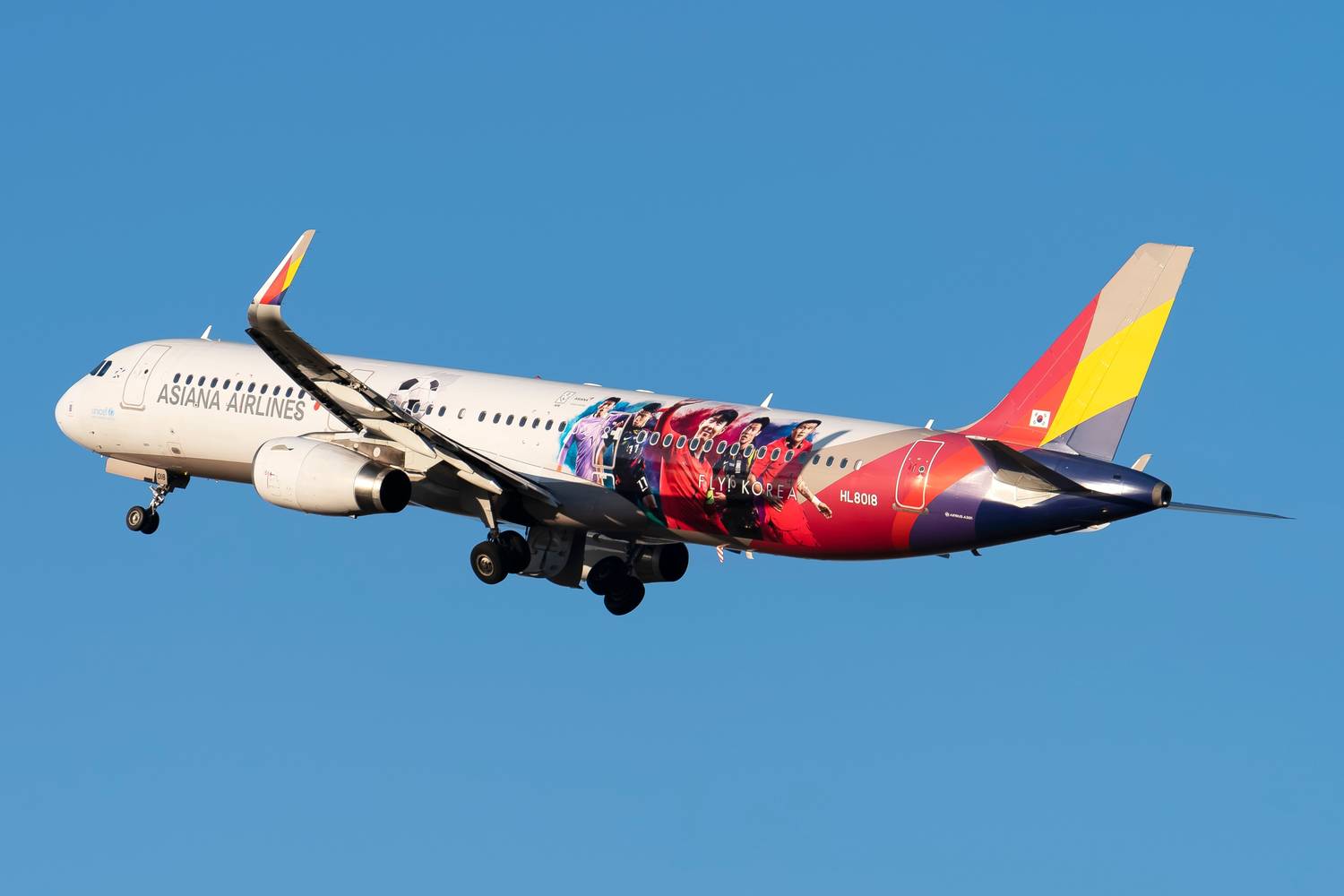
Photo: Shutterstock/Parkdolly
Another incident followed a month later, when a 19-year-old under the influence attempted to open the emergency exit on a regional flight from Cebu to Incheon. The passenger was taken into custody and was later sentenced to three years in prison.
The most recent incident occurred on Thursday aboard a Korean Airlines flight traveling from New York to Icheon when a 26-year-old passenger tried to open the emergency exit. She was quickly subdued by crew members and arrested upon arrival. The police later revealed that the passenger was under the influence of methamphetamines.
Safety measures
Adding another safety announcement might seem like a half-measure, especially after Asiana Airlines chose to stop selling tickets for its emergency exit rows as a preventative measure. It’s a radical decision, one that many airlines will be reluctant to follow because it would affect profits. Passengers may also be against the idea, as upgrading to emergency exit rows is one of the most popular ways to enjoy more comfort without upgrading cabins.
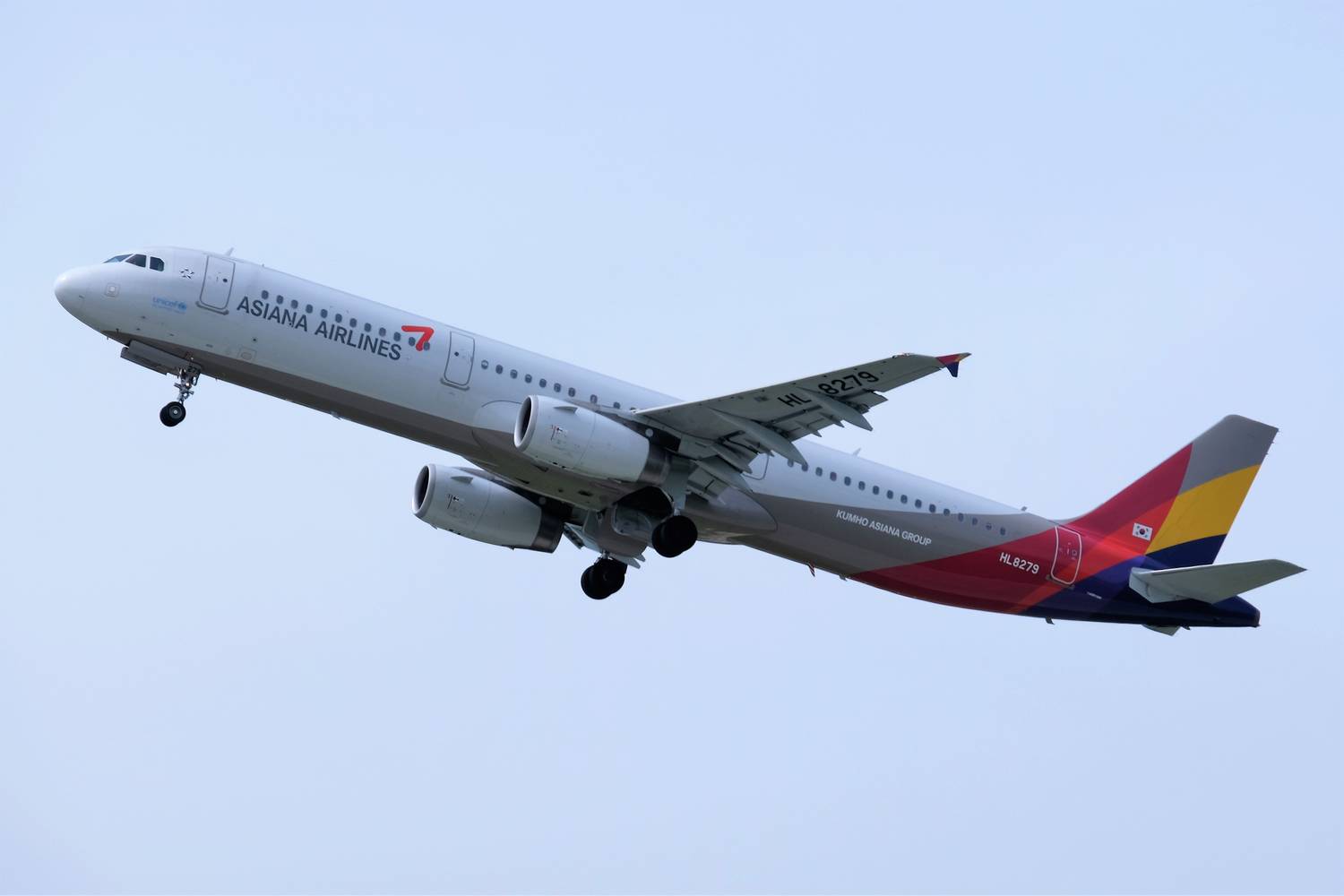
Photo: Shutterstock/Starz12
Short-term preventative measures will require airlines to screen passengers who sit in the emergency rows carefully. Meanwhile, manufacturers will have to design tamper-proof emergency exits that won’t hinder evacuation. Until then, airlines will have to trust that passengers will not behave erratically.
